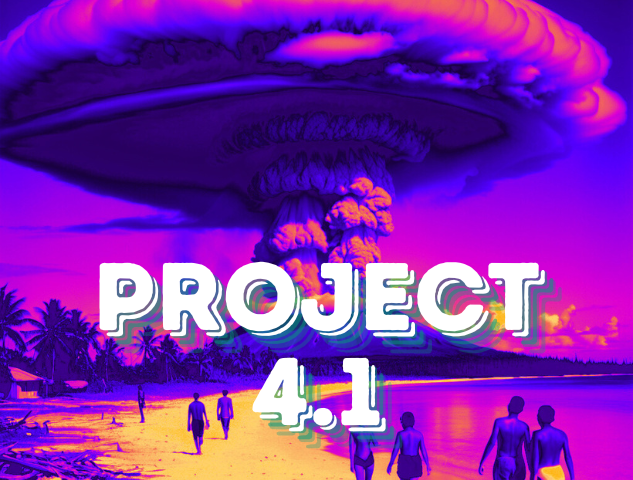Recent Posts
Newsletter
Subscribe to our newsletter to get our latest update & news consenter
Subscribe to our newsletter to get our latest update & news consenter

Project 4.1 was a medical study conducted by the U.S. government on the residents of the Marshall Islands following the Castle Bravo nuclear test at Bikini Atoll on March 1, 1954. The test resulted in the largest nuclear explosion ever carried out by the United States, and the fallout exposed the inhabitants of nearby atolls to significant levels of radiation. Originally planned as a medical study on the effects of radiation exposure, Project 4.1 became controversial due to the ethical implications of conducting research on an unknowing population.
Objective: The primary objective of Project 4.1 was to study the effects of radioactive fallout on human beings. The focus was on understanding the medical impacts of acute radiation syndrome and long-term radiation exposure, including cancer, birth defects, and other health issues.
Methods: The study involved extensive medical examinations of the Marshallese people, including blood tests, biopsies, and regular health monitoring. Researchers observed and recorded the development of radiation-induced illnesses over time.
Participants: The primary participants were the inhabitants of Rongelap and Utirik Atolls, who were exposed to radioactive fallout following the Castle Bravo test. These individuals were not informed beforehand that they would be part of a study; the medical examinations began only after they had been exposed to radiation.
Key Organizations Involved:
U.S. Atomic Energy Commission (AEC): The AEC oversaw Project 4.1 and the broader U.S. nuclear testing program. The commission was responsible for the scientific research and documentation of the effects of nuclear fallout.
U.S. Department of Defense: The Department of Defense was involved in the planning and execution of nuclear tests, including Castle Bravo. The DoD also had a role in the coordination of medical research on radiation effects.
Brookhaven National Laboratory: Scientists from Brookhaven National Laboratory were involved in the medical assessments and research carried out under Project 4.1. They conducted many of the studies and follow-up examinations on the Marshallese population.
Additional Key Individuals and Organizations Involved:
Dr. Robert Conard: A key figure in Project 4.1, Dr. Conard led the medical team that studied the exposed populations. His reports and publications documented the health impacts of radiation on the Marshallese people.
Marshallese Government and Community Leaders: Although not directly involved in the research, the Marshallese leaders and government were eventually informed and had to deal with the aftermath of the nuclear tests and the long-term health consequences for their people.
Implications of Project 4.1:
Impact on International Relations: Project 4.1 and the broader U.S. nuclear testing program in the Pacific had significant diplomatic repercussions, leading to tensions between the U.S. and the Marshall Islands. The ethical breaches and health impacts continue to affect U.S.-Marshallese relations.
Environmental and Health Legacies: The environmental contamination and health effects resulting from Project 4.1 continue to be felt by the Marshallese people. The project has contributed to ongoing health crises and environmental challenges in the region.
Risks Associated:
Exposure to High Levels of Radiation: The inhabitants of Rongelap and Utirik were exposed to dangerous levels of radiation, leading to acute radiation sickness, burns, hair loss, nausea, and increased cancer risks.
Long-Term Health Consequences: Many participants developed long-term health problems, including thyroid disorders, cancer, and genetic mutations leading to birth defects in subsequent generations. The full extent of the harm may never be known.
Lack of Informed Consent: The Marshallese people were not informed that they would be part of a study. They were unaware of the risks associated with radiation exposure and did not give consent to be included in the research.
Additional Risks:
Psychological and Social Impact: The radiation exposure and subsequent health issues had profound psychological and social effects on the Marshallese people, contributing to trauma, loss of trust in the U.S. government, and disruption of their traditional way of life.
Environmental Degradation: The fallout from the Castle Bravo test contaminated the environment, leading to long-term ecological damage that affected the Marshallese people’s ability to live off the land and sea.
Blogs: